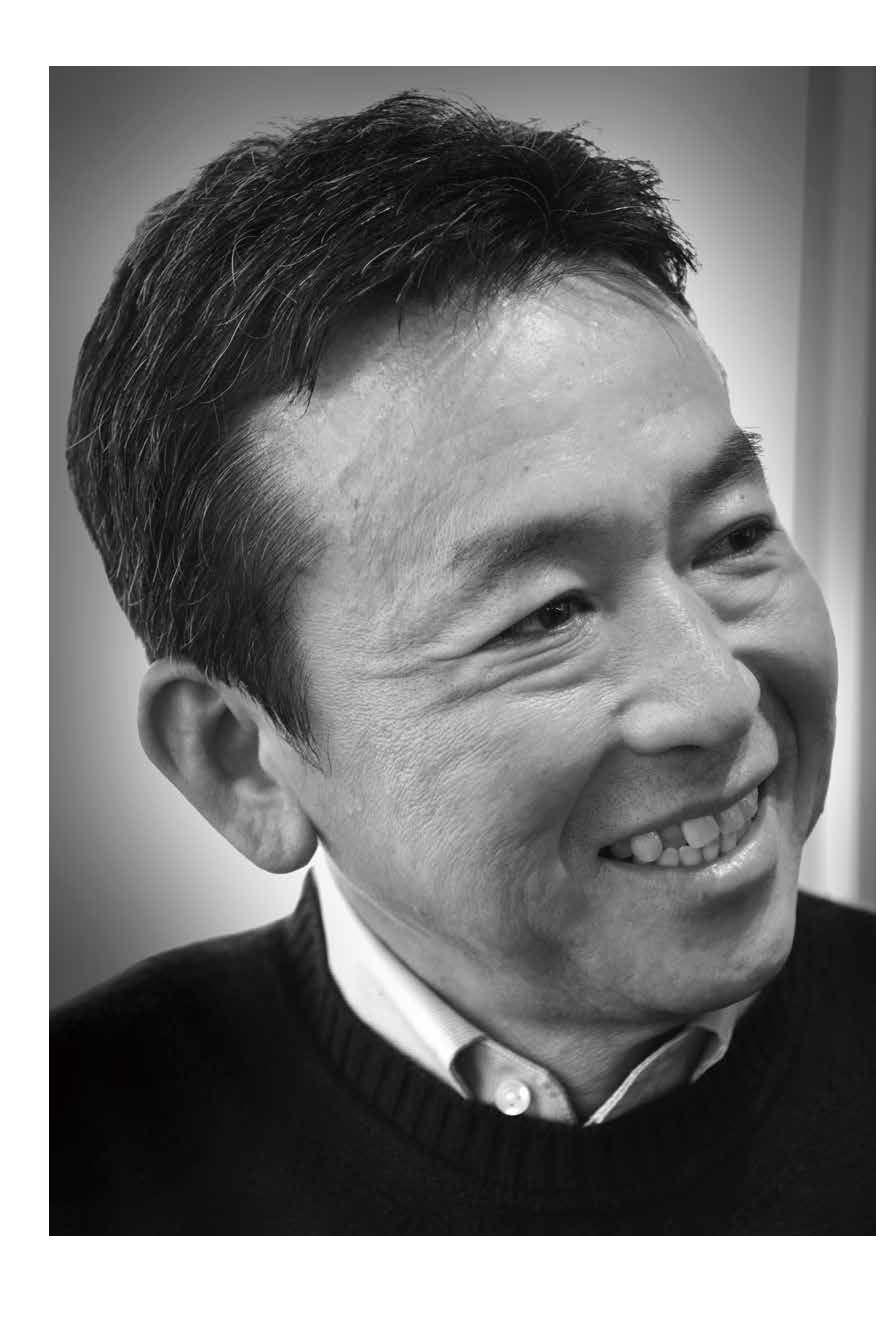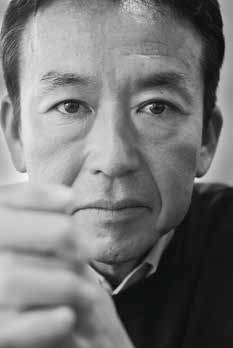Issue:

Yoichi Yabe is a photographer, chiefly of nautical races and vessels, but his love of sailing and the elements preceded any knowledge of how to shoot them.
Born in 1957 in Mishuku, an area in Tokyo’s Setagaya Ward, Yabe nurtured an interest in music and guitars even as he studied law and international politics at Hosei University. He landed a scholarship and spent his third year of study at the University of California San Diego, where he took a course in sailing out of the school’s training facility in Mission Bay. “I was fascinated by all the knowledge that is condensed into sailing ships,” he says. “All the different riggings, all the details it’s a crystallization of human knowledge and culture.”
“The successful recruit would be 27, have a love of the sea and boats, be able to speak English, and, curiously, have no experience with photography.”
Yabe returned to Japan, where after graduation he found himself at odds with his parents’ wishes: He wanted to make the acoustic guitars he’d loved to play as a student, while they were loath to see him enter a field in which his education would be all but useless.
As a kind of compromise, he joined the Yamaha Corporation in the stereo equipment division, hoping somehow to change tack to guitar production. But he was assigned to sales, eventually work-ing at the firm’s headquarters in Hama-matsu. Frustrated with the limitations of company life and longing for autonomy, he bought a small dinghy and sailed Lake Hamanako on the weekends.
One day Yabe noticed an ad in Kazi, Japan’s preeminent sailing magazine, the publisher of which was seeking a staff photographer. The successful recruit would be 27 or under, have a love of the sea and boats, be able to speak English, and, curiously, have no experience with photography. Being 27 and a per-fect fit in all regards, Yabe was taken on and trained in editing text as well as taking pictures. Before long he was sent to Europe for six months to cover yacht races from a base in the UK. The year was 1989.
Covering a race typically involves riding ahead of the competition in a powerboat full of other photographers. There is rivalry and camaraderie in equal measure, Yabe says, and much depends on the skill of the photo-boat captain in bringing them close to the action without interfering with it. Large races attract multiple photo boats, which compete for vantage even as individual photographers negotiate with the captains and their peers for the same. The resulting melee is as thrilling as it is unpredictable.
“The windier the conditions get, the better the photography becomes. Action, the power of the waves and wind, brings the movements and ten-sion of the crews to a near peak. Everything is heightened, and the windier it gets, the wetter we get,” Yabe says, adding that doing the job well is a combination of economy of movement, equipment management, and luck. He refers to his early period of shooting European races such as the Admiral’s Cup and the Whitbread Round The World Race as “good training.”
FROM THIS FOOTHOLD HE climbed, eventually covering everything from the America’s Cup to the Olympics. The scope of Yabe’s work has likewise increased: Assignments from a range of clients have included chronicling the major refit of the storied J-class yacht Endeavour in New Zealand, and profiling solo racer Kojiro Shiraishi, 49, a national hero and the youngest person ever to sail around the globe alone when he was 26, whom Yabe counts as a good friend.
In 1999, Yabe founded his own company, Office 11, though he is still a contracted chief photographer for Kazi Co. The arrangement affords him the freedom to cover events of his choice with the equipment of his choosing, something that’s extremely valuable to him. He sometimes shoots from hired helicopters, too.
Although he made the switch to digital with everyone else, Yabe says he misses one specific aspect of the film era that affects the photos themselves: optical acuity. “Everything was manual at that time; manual focus, manual everything,” he explains. “Because of that, the optical quality of the camera’s finder was very high, and it was easy to focus. But nowadays autofocus is the major technology, and camera makers don’t invest in the optical system. It’s very hard to focus manually you don’t see the peak. In the film days, you could focus on the face of a crew member on a yacht from a distance. That part I really miss, and it makes the photos different. The way you focus is very important.”
When he has time, Yabe practices aikido as well as Kashima Shin-ryu kenjutsu, a traditional sword art with centuries of history. He also enigmati- cally professes a love of mangoes, and hopes one day to grow them: “A warm climate. A small shack in the middle of a mango farm. A small dinghy or sail- boat. This is my dream.”
Until then, he remains a professional shutterbug, covering events around the world in both photos and text while pursuing a private quest to document the wind, the waves and the light. “These are the elements that I’m chasing,” he says.

“Many times I have been at the rightplace at the right moment to meet good people, good boats. I’ve been lucky,” he adds.
Tyler Rothmar is a Tokyo-based writer and editor.

